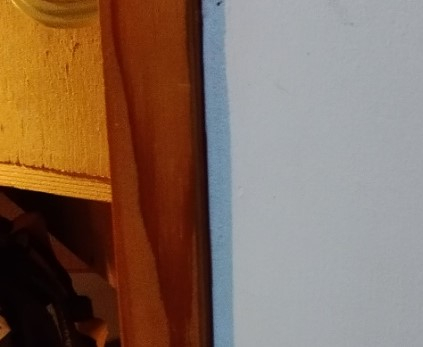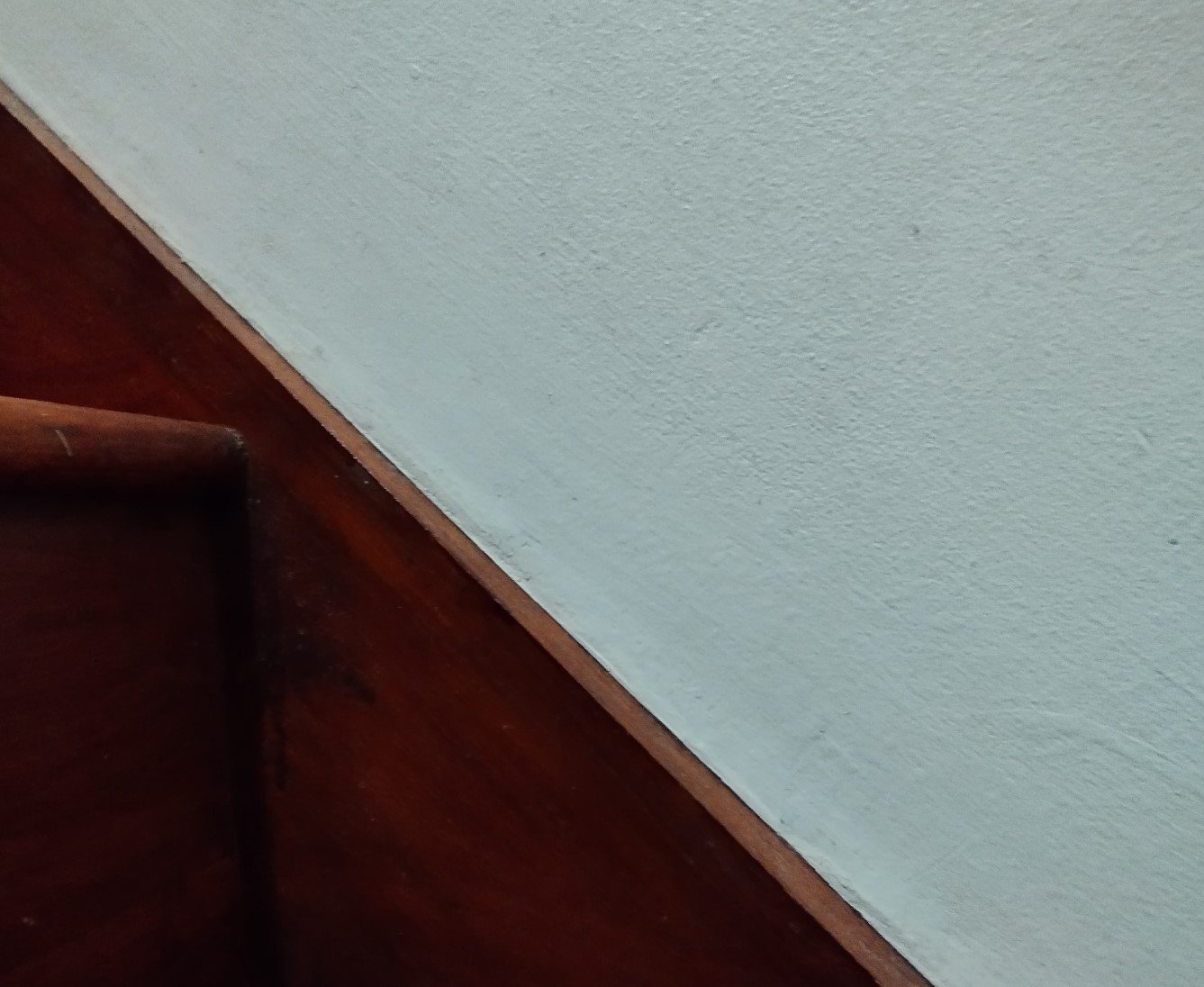We’d like to remind Forumites to please avoid political debate on the Forum.
This is to keep it a safe and useful space for MoneySaving discussions. Threads that are – or become – political in nature may be removed in line with the Forum’s rules. Thank you for your understanding.
📨 Have you signed up to the Forum's new Email Digest yet? Get a selection of trending threads sent straight to your inbox daily, weekly or monthly!
Covering a crack with... coving? Or what?
Comments
-
I know what's happened because the jobs were done for private customers, not on new builds. If the work isn't done properly there will be problems.
If done properly it works. If caulk was the best thing for the internals and junctions it would be used as it's quicker.
0 -
I am not sure I would have the skills to use the tape; I guess I'd need to rake out around the joint so there was sufficient space so it doesn't form a ridge either side of the joint, apply the tape, fill again. I doubt I could do that and have it look acceptable.
I'd pay somebody to do it but I think I'd be in the same position again when the boards move again and money is stupidly tight for us anyway, so I can't spend it on something that might not be a 'cure'.0 -
That's what I'd do to create an 'artificial crack' that I mentioned above.In that thread it was a wooden board and a plasterboard, but basically it's the same 90 degrees corner and the same principle in your case.You can try a small part first to see how it works.


0 -
Paying someone would probably work out too much for what the jobs worth to you. You also need someone who can do a decent job. Done properly though the odds are it would solve the issue. I've done enough of them to know it works. The wall/ceiling junction is one.of the more difficult joints to do.immac said:I am not sure I would have the skills to use the tape; I guess I'd need to rake out around the joint so there was sufficient space so it doesn't form a ridge either side of the joint, apply the tape, fill again. I doubt I could do that and have it look acceptable.
I'd pay somebody to do it but I think I'd be in the same position again when the boards move again and money is stupidly tight for us anyway, so I can't spend it on something that might not be a 'cure'.0 -
Why not try a test on one section, Immac?Choose the worst, trim off all the existing filler/caulk. Scrape and/or sand it clean. See what the actual crack or gap is like. If it's hairline, then run the tip of a craft knife blade gently along it to slightly open it - only a few mm deep. Suck away the dust. Get a wee brush and use it to get PVA right in there. Add 10% water if the PVA it too thick. Run your finger along it at a low angle to force the PVA in as far as you can. Wipe away all excess and allow to dry.IF the PVA manages to bond that crack together, then future movement of these walls and ceilings will be shared throughout, and not focussed on the corner joints. Then do your caulk. Worth a Fugi - they are great at getting really neat beadings - choose a small tight profile. A few drops of water to help smooth it along.Dry and paint. Observe. Come back with results so we don't tell anyone else to do this...1
-
If you decide to have a go yourself, the taper in the video at the bottom shows how to do the joint. He actually knows what he's doing, unlike a lot of the UK videos.
PAPER OR FIBRE TAPE FOR PLASTERBOARD JOINTS - Blogs - FCM (fcmltd.co.uk)
0 -
What do you think of the idea of PVAing the pepper tape in place?
Stronger than bedding in skim, or is there a reason it isn't done, other than convenience?0 -
It might work but it's not really necessary, as using the joint filler makes a strong enough joint. To do the joints properly does take a bit more work, as once the tapes gone off, it should have 3 coats over the top.Bendy_House said:What do you think of the idea of PVAing the pepper tape in place?
Stronger than bedding in skim, or is there a reason it isn't done, other than convenience?
Painters use caulk because it's a lot quicker, but the cracks often come back within a year or so.1 -
3 coats? Of filler/skim? Blimey.stuart45 said:
It might work but it's not really necessary, as using the joint filler makes a strong enough joint. To do the joints properly does take a bit more work, as once the tapes gone off, it should have 3 coats over the top.Bendy_House said:What do you think of the idea of PVAing the pepper tape in place?
Stronger than bedding in skim, or is there a reason it isn't done, other than convenience?
Painters use caulk because it's a lot quicker, but the cracks often come back within a year or so.
I have to say that, as a DIYer who doesn't like to be panicked by setting skim, I have always PVA'd my pepper tape first. Another reason is that I feel it might help to glue the two board edges together first, and also just because the pepper will sit flush to the wall so will require less thickness of skim over it if it's just being feathered.
I have tried the 'bedding' method, but found I kept running the filling knife over it, squeezing out more skim from under the tape each time - I didn't know when to stop . And then sometimes the paper 'dragged' and moved and it was back to square one.
. And then sometimes the paper 'dragged' and moved and it was back to square one.
If there is no reason why the OP 'shouldnt' use PVA, then they might find it easier, and require less feathering-in afterwards?0 -
Maybe PVA would be better for DIY. One of the problems with paper tape is running the knife over too much, and taking all the filler out.
3 coats of filler on the joints is with the 4 inch knife, then the 6, then the 10.
It's 3 for the screws as well.1
Confirm your email address to Create Threads and Reply

Categories
- All Categories
- 352.9K Banking & Borrowing
- 253.9K Reduce Debt & Boost Income
- 454.7K Spending & Discounts
- 246K Work, Benefits & Business
- 602K Mortgages, Homes & Bills
- 177.8K Life & Family
- 259.9K Travel & Transport
- 1.5M Hobbies & Leisure
- 16K Discuss & Feedback
- 37.7K Read-Only Boards



